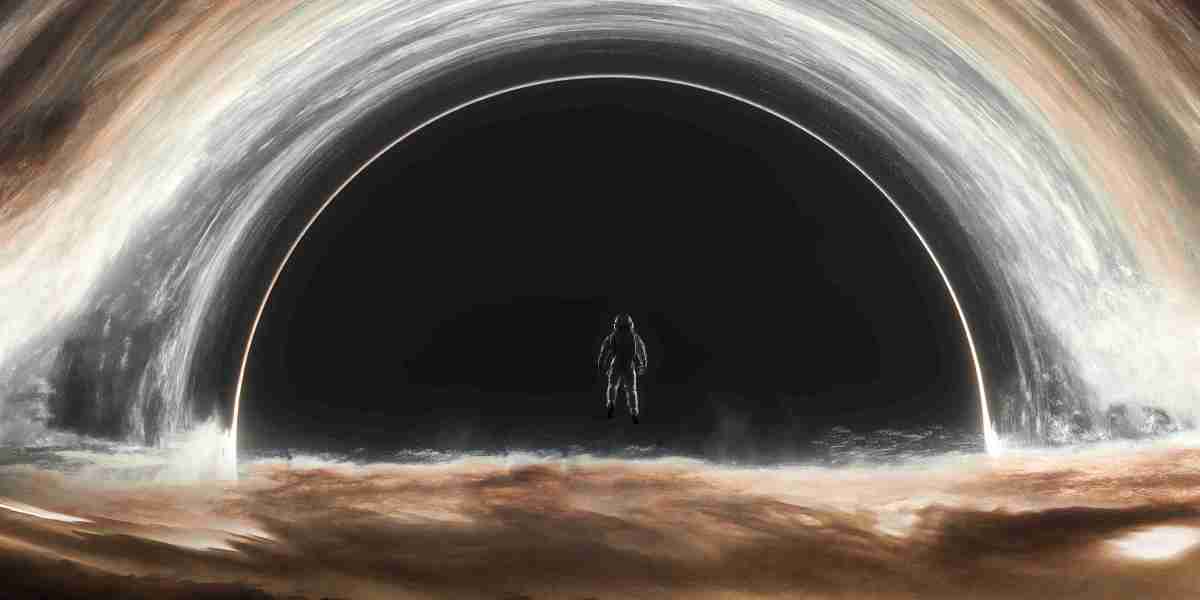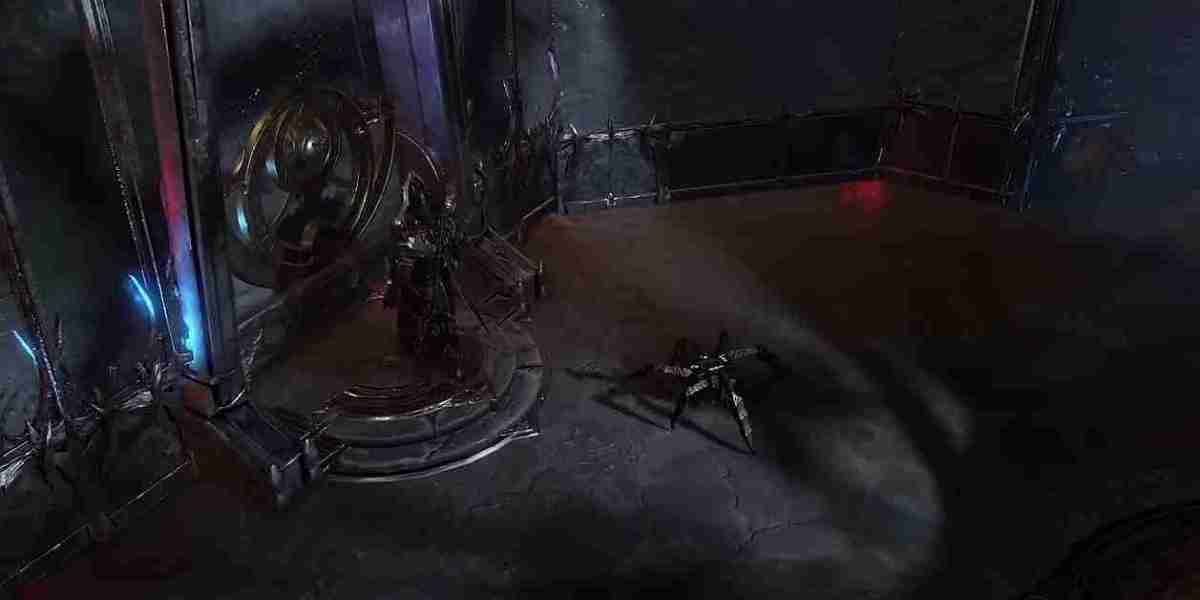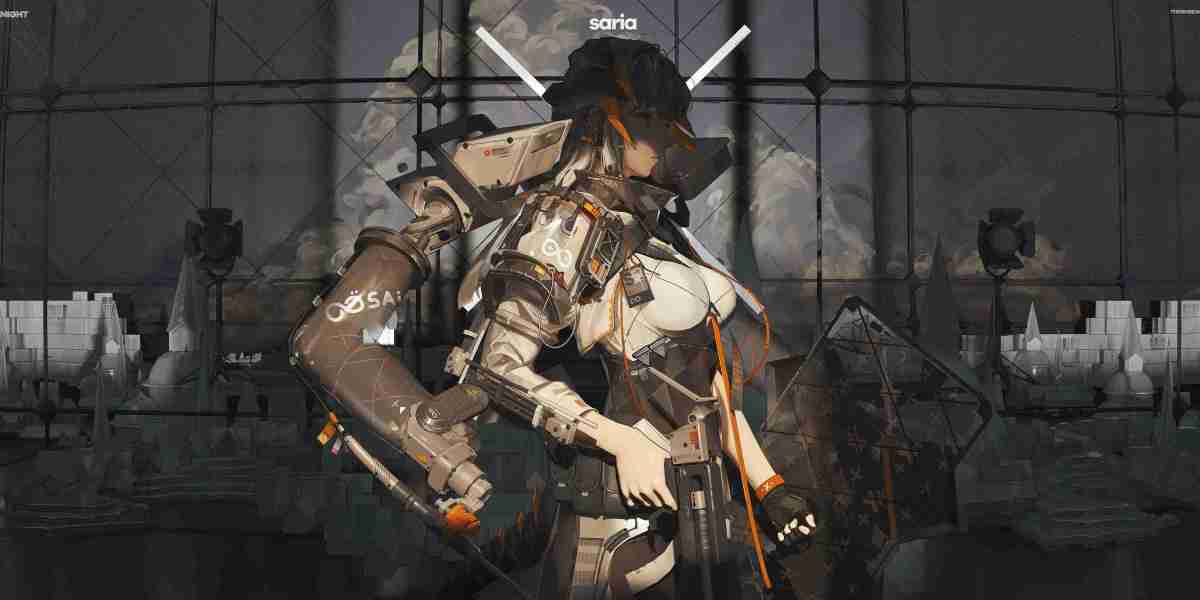In the world of 3D printing, mastering FDM (Fused Deposition Modeling) techniques is crucial for achieving high-quality prints. This article aims to provide beginners with a comprehensive understanding of the essential techniques that can elevate their 3D printing experience.

Understanding FDM 3D Printing
FDM 3D printing is a popular method that involves melting thermoplastic filament and extruding it layer by layer to create a three-dimensional object. But what are the key factors that contribute to successful prints? By exploring various aspects of the process, you can enhance your skills and produce impressive results.
Key Techniques for Mastering FDM 3D Printing
- Calibration: Proper calibration of your 3D printer is essential. This includes leveling the print bed and adjusting the nozzle height to ensure the first layer adheres well.
- Temperature Settings: Each filament type requires specific temperature settings. Understanding the optimal temperatures for your materials can significantly affect print quality.
- Print Speed: Adjusting the print speed can help in achieving better layer adhesion and reducing the chances of warping.
- Layer Height: Choosing the right layer height can impact the detail and strength of your print. Thinner layers provide more detail, while thicker layers can speed up the printing process.
Common Challenges and Solutions
As you embark on your journey of mastering FDM 3D printing techniques, you may encounter various challenges. Here are some common issues and their solutions:
- Warping: This often occurs due to temperature fluctuations. To mitigate this, ensure your printer is in a stable environment and consider using a heated bed.
- Stringing: This happens when the nozzle oozes filament while moving between parts. Adjusting retraction settings can help reduce this issue.
- Layer Separation: If layers are not adhering properly, check your temperature settings and ensure the filament is dry.
Resources for Further Learning
For those eager to dive deeper into the world of FDM printing, numerous resources are available. One highly recommended article is What is FDM 3D Printing, which provides valuable insights into the technology and its applications.
Conclusion
Mastering FDM 3D printing techniques requires patience and practice. By understanding the fundamentals and addressing common challenges, you can significantly improve your printing skills. Remember, every print is a learning opportunity, so embrace the process and enjoy the creativity that 3D printing offers.








